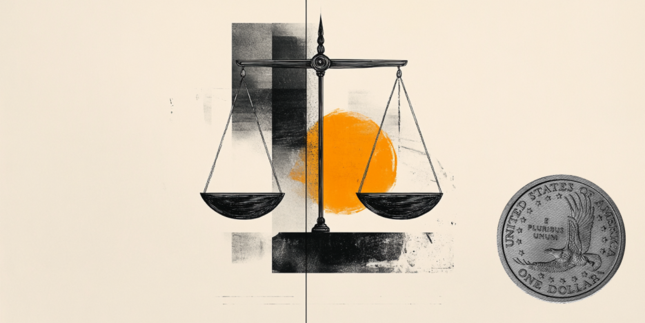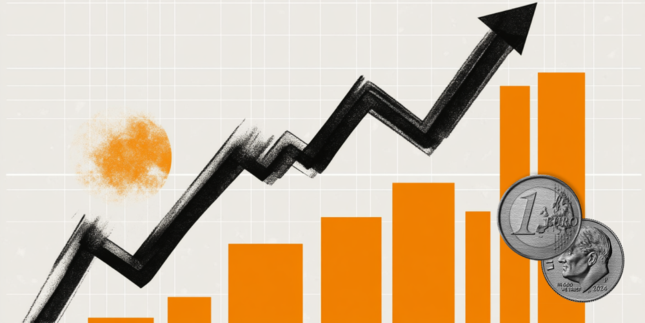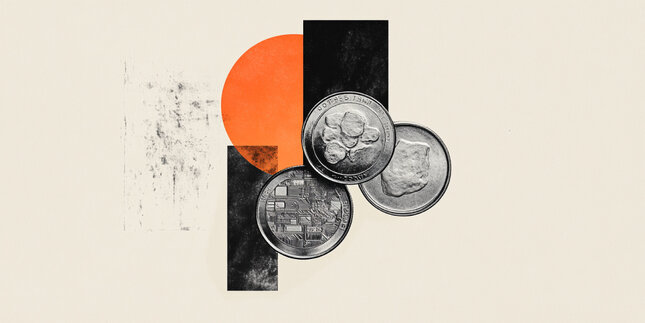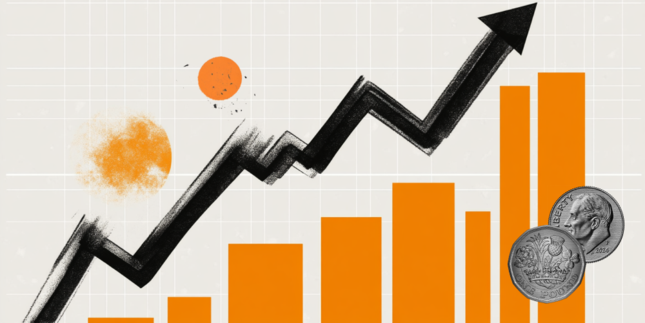USD/INR strengthens amid foreign outflows
- The Indian Rupee edges lower in Monday’s early European session.
- Persistent selling of domestic stocks from overseas weigh on the INR.
- Traders brace for the Chicago Fed National Activity Index for January, which is due later on Monday.
The Indian Rupee (INR) softens on Monday. The concern over Foreign Portfolio Investment (FPI) outflows, with foreign investors offloading over $11 billion in Indian stocks this year continues to weigh on the local currency.
Nonetheless, continued softness in the US Dollar (USD) might help offset these outflows, lifting the INR. Additionally, the likely intervention by the Reserve Bank of India (RBI) could prevent the Indian Rupee from significantly depreciating. Lower crude oil prices might support the INR as India is the world's third-largest oil consumer.
Later on Monday, the Chicago Fed National Activity Index for January will be released. The attention will shift to the preliminary reading of US Gross Domestic Product (GDP) for the fourth quarter (Q4), which will be published on Thursday.
Indian Rupee loses traction amid foreign fund outflows
- India's economic growth is estimated to recover in the third quarter of the current financial year 2024-25 (Q3FY25), with Gross Domestic Product (GDP) growth projected at 6.2%, up from 5.4% in Q2FY25, according to the Union Bank of India.
- The HSBC India Manufacturing Purchasing Managers Index (PMI) eased to 57.1 in February from 57.5 in January. The Indian Services PMI rose to 61.1 in February versus 56.5 prior.
- The Composite PMI improved to 60.6 in February from 57.7 in January.
- “Rapid restocking around the world continues to lift new export orders. A healthy acceleration in orders and output is keeping firms optimistic about the future. Input prices eased while output prices rose at a faster pace, leading to improved margins, especially for goods producers,” said Pranjul Bhandari, Chief India Economist at HSBC.
- The US S&P Global Composite PMI declined to 50.4 in February versus 52.7 prior.
- The US S&P Global Manufacturing PMI climbed from 51.2 in January to 51.6 in February, beating the estimation of 51.5. The Services PMI dropped from 52.9 in January to 49.7 in February, weaker than the 53.0 expected.
- The University of Michigan Consumer Sentiment Index fell to 64.7 in February, compared to the previous reading and the expectation of 67.8.
USD/INR maintains its constructive bias despite consolidation in the near term
The Indian Rupee trades on a weaker note on the day. The USD/INR pair maintains a positive view as the price holds above the key 100-day Exponential Moving Average (EMA) on the daily chart. However, the 14-day Relative Strength Index (RSI) hovers around the midline near 50.0, suggesting that further consolidation or downside cannot be ruled out.
The first upside barrier for USD/INR is located at the 87.00 psychological level. Extended gains above the mentioned level could pave the way to an all-time high near 88.00, en route to 88.50.
On the other hand, a decisive break below the low of February 12 at 86.35 could see a drop to 86.14, the low of January 27. The additional downside target to watch is 85.65, the low of January 7.
Indian economy FAQs
The Indian economy has averaged a growth rate of 6.13% between 2006 and 2023, which makes it one of the fastest growing in the world. India’s high growth has attracted a lot of foreign investment. This includes Foreign Direct Investment (FDI) into physical projects and Foreign Indirect Investment (FII) by foreign funds into Indian financial markets. The greater the level of investment, the higher the demand for the Rupee (INR). Fluctuations in Dollar-demand from Indian importers also impact INR.
India has to import a great deal of its Oil and gasoline so the price of Oil can have a direct impact on the Rupee. Oil is mostly traded in US Dollars (USD) on international markets so if the price of Oil rises, aggregate demand for USD increases and Indian importers have to sell more Rupees to meet that demand, which is depreciative for the Rupee.
Inflation has a complex effect on the Rupee. Ultimately it indicates an increase in money supply which reduces the Rupee’s overall value. Yet if it rises above the Reserve Bank of India’s (RBI) 4% target, the RBI will raise interest rates to bring it down by reducing credit. Higher interest rates, especially real rates (the difference between interest rates and inflation) strengthen the Rupee. They make India a more profitable place for international investors to park their money. A fall in inflation can be supportive of the Rupee. At the same time lower interest rates can have a depreciatory effect on the Rupee.
India has run a trade deficit for most of its recent history, indicating its imports outweigh its exports. Since the majority of international trade takes place in US Dollars, there are times – due to seasonal demand or order glut – where the high volume of imports leads to significant US Dollar- demand. During these periods the Rupee can weaken as it is heavily sold to meet the demand for Dollars. When markets experience increased volatility, the demand for US Dollars can also shoot up with a similarly negative effect on the Rupee.
Forex News
Keep up with the financial markets, know what's happening and what is affecting the markets with our latest market updates. Analyze market movers, trends and build your trading strategies accordingly.





















